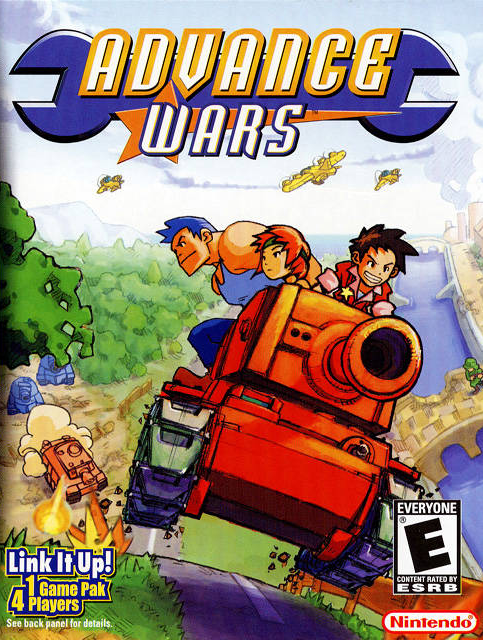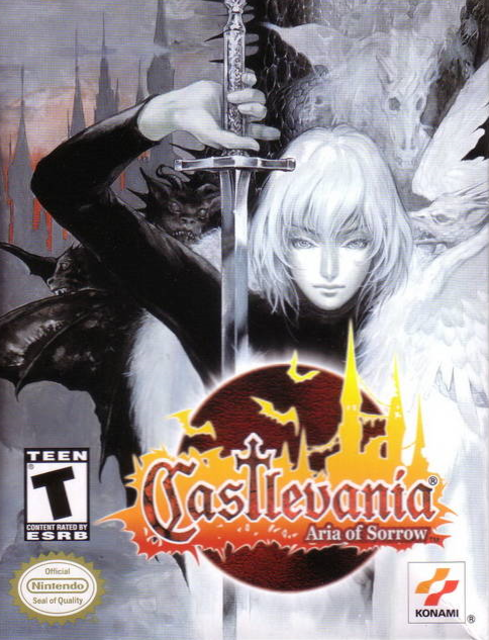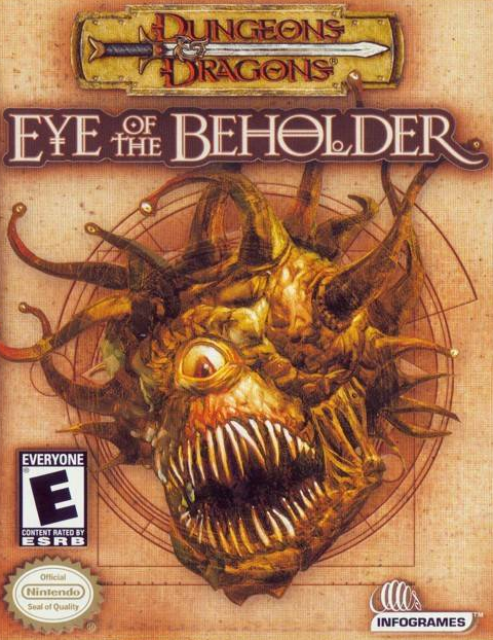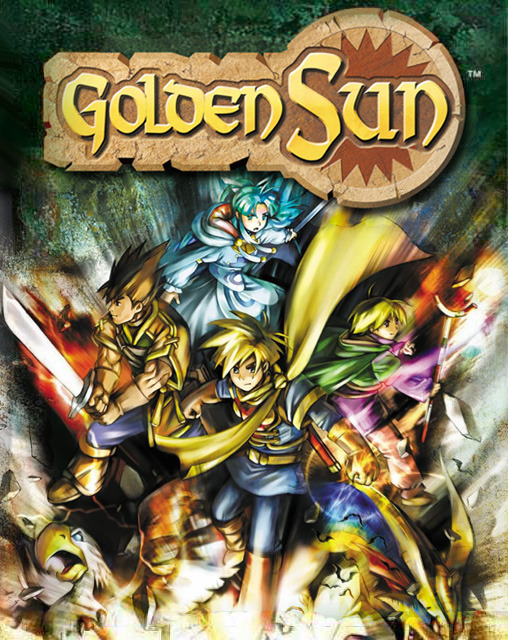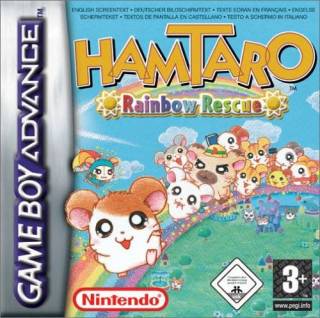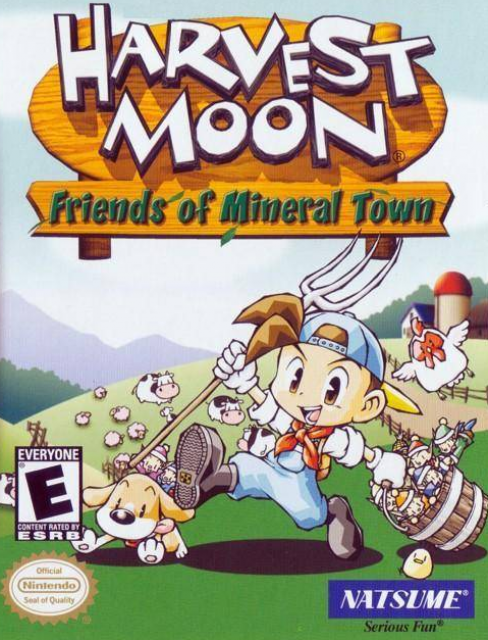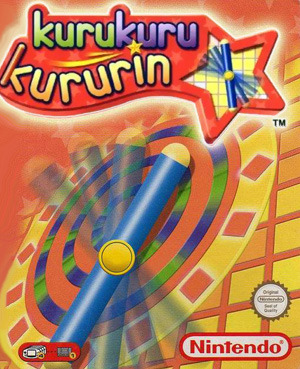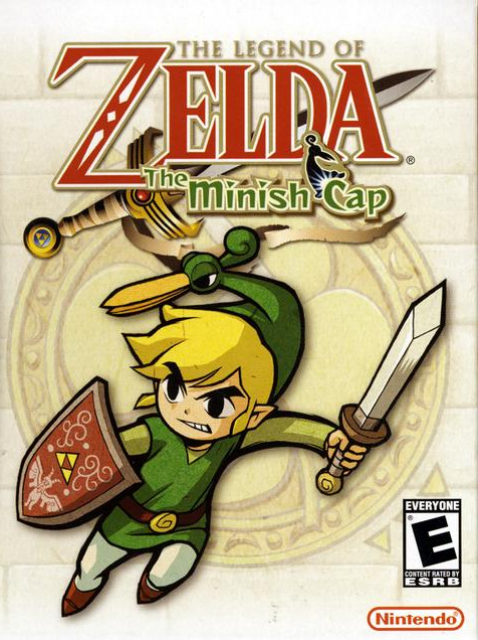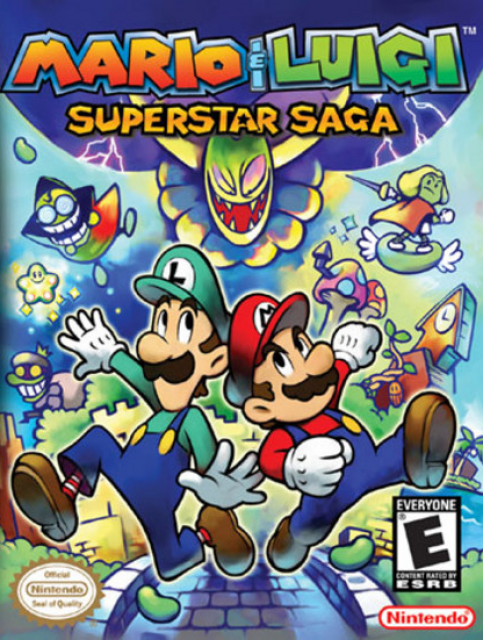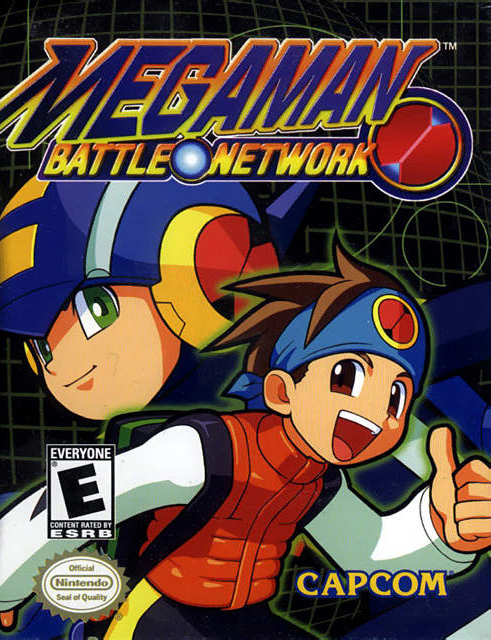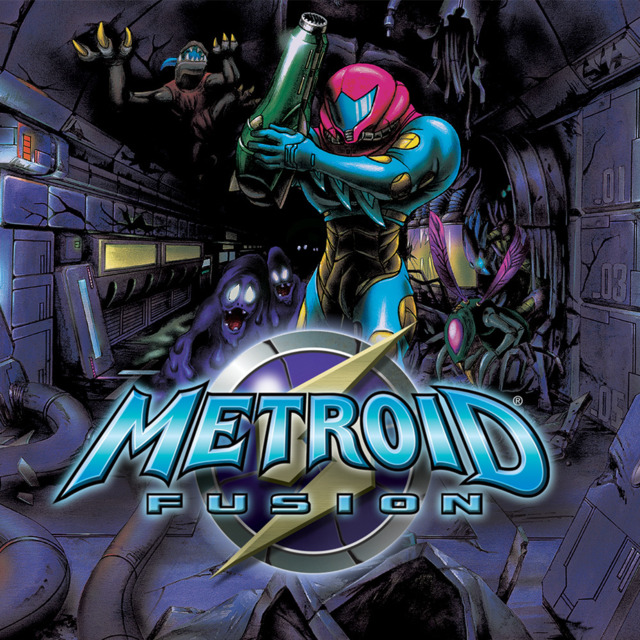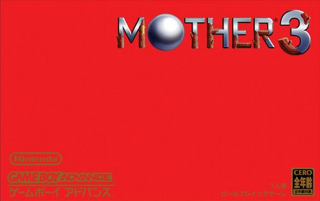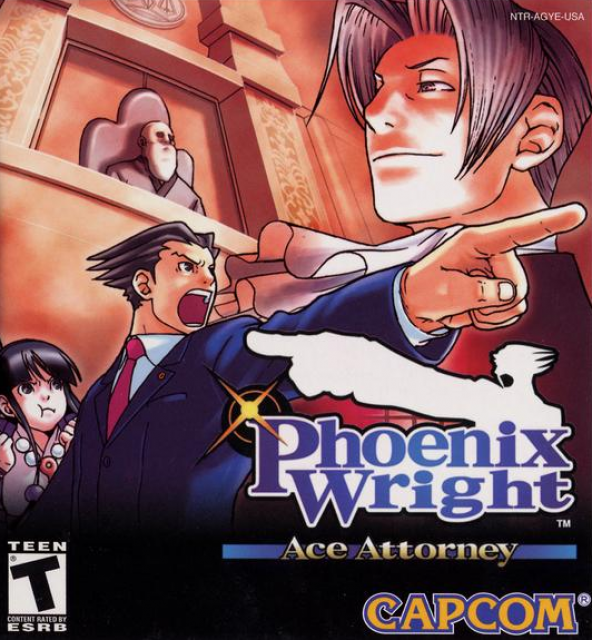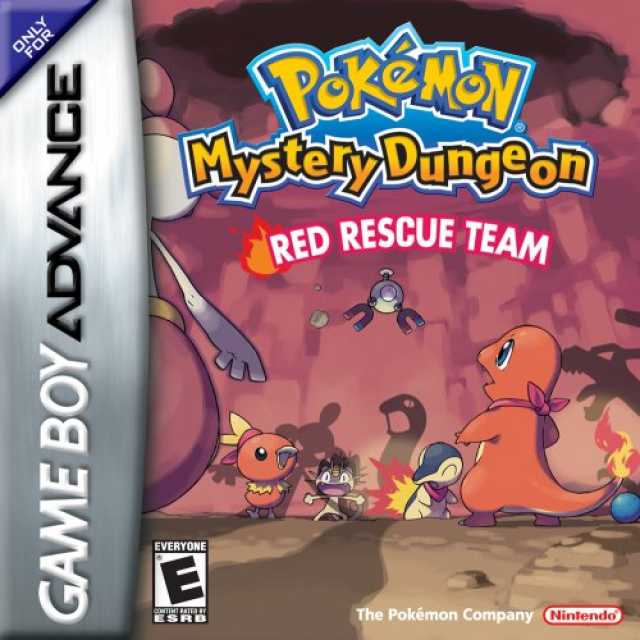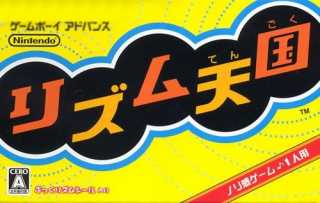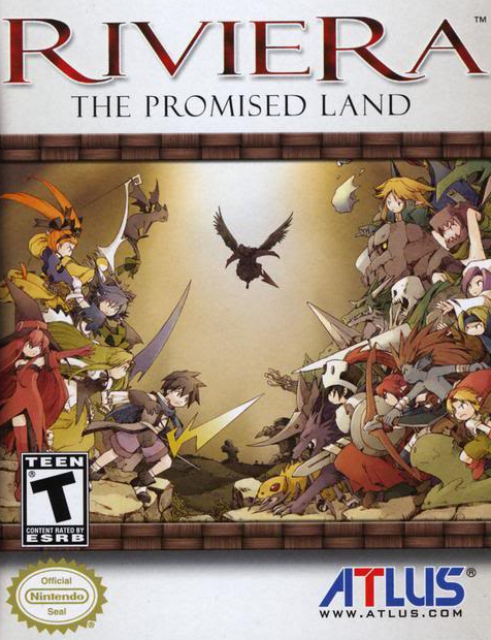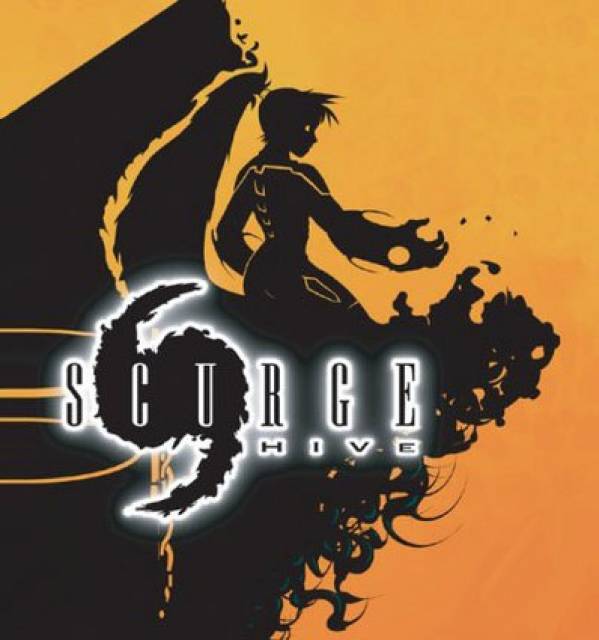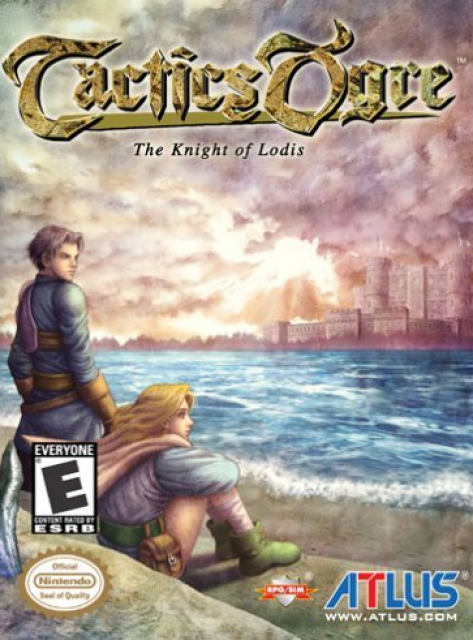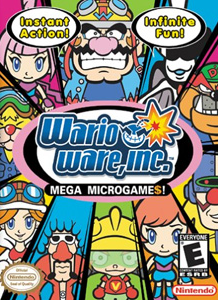Advancing in Years
It's the Game Boy Advance's 20th anniversary! I rarely write about the GBA but, like many of you I suspect, I have plenty of fond memories sneaking in quick sessions on Nintendo's first big successor to the Game Boy while out and about. I remember how it went from what was essentially a portable SNES - complete with way too many SNES-to-GBA conversions - to something wholly its own, with newer games taking advantage of tech that finally pushed it out of the SNES's shadow.
The temptation is to lump a whole bunch of Castlevania and Metroid games in here, but I'm going to do twenty games from twenty franchises for the twentieth anniversary just to keep things diverse. I can't promise these are all bangers: I've opted more for a mix of games that I felt were important for the history of the Game Boy Advance and of Nintendo in a broader sense, as well as those that meant more to me personally.

